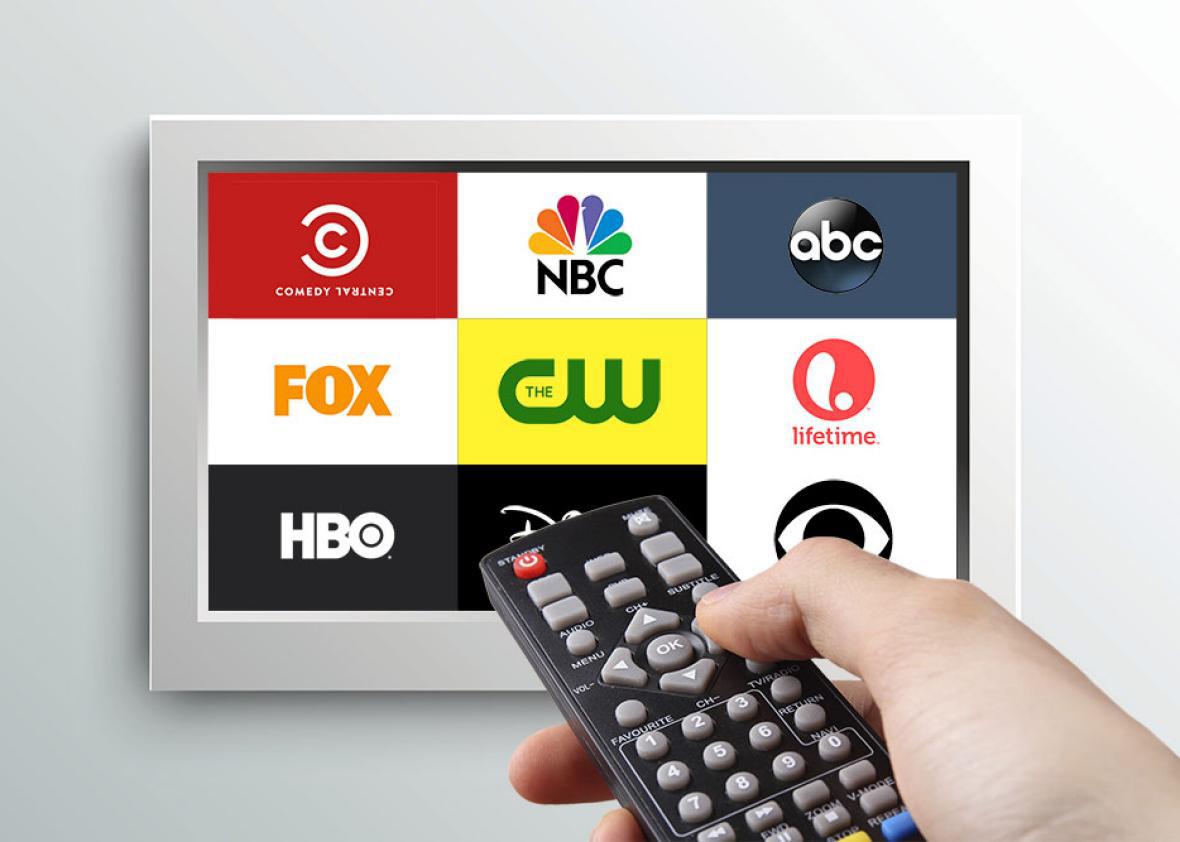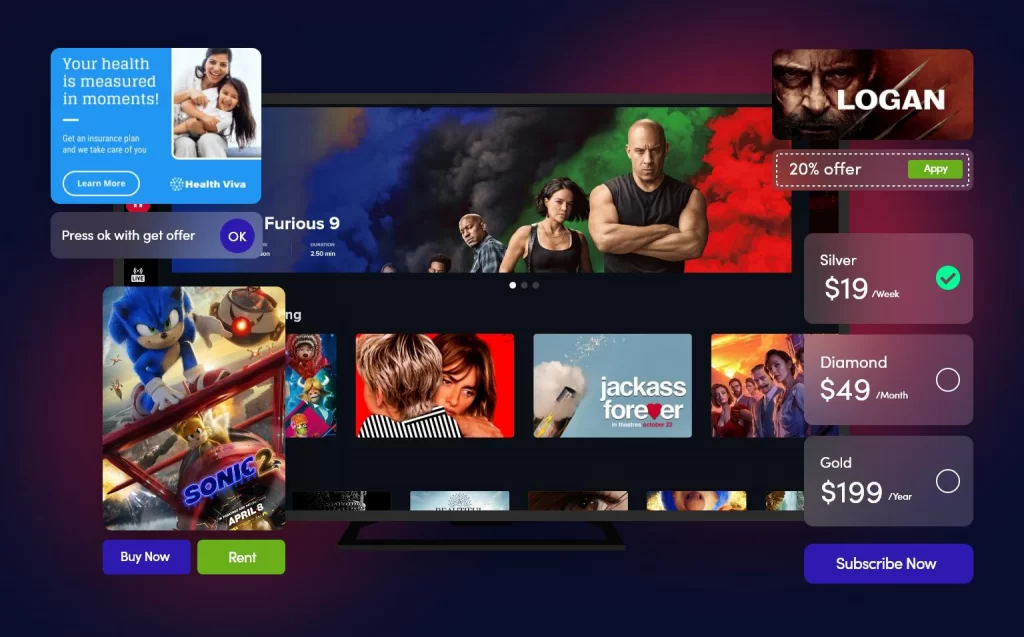What Does Apollo Group Tv Mean?
What Does Apollo Group Tv Mean?
Blog Article
Some Known Incorrect Statements About Apollo Group Tv
Table of ContentsApollo Group Tv Things To Know Before You BuySome Known Details About Apollo Group Tv Examine This Report about Apollo Group TvThe Only Guide to Apollo Group Tv
In this circumstance, instead of having three-minute business spots during a 30-minute television program, television programming may change to one where a consumer will certainly be called for to have a monthly registration, so that they cen view targeted banner ads. This kind of advertising and marketing already occurs on the net, and the quantity of information tv firms collect allows them to do similar.Explain the influence of sponsors on program web content. Describe the significant trends among the broadcasting and cable television networks. When television was in its infancy, producers modeled the new medium on radio. Popular radio shows such as cops dramatization Dragnet and western cowboy series Gunsmoke were adjusted for tv, and new TV programs were funded by solitary marketers, equally as radio shows had been.
Today, the tv market is much more complex. Programs are sponsored by numerous advertisers; programming is regulated by major media corporations; and the 3 significant networks no longer control the airwaves however instead share their visitors with many cable television channels. Numerous aspects represent these fads within the market, including technical advancements, federal government guidelines, and the creation of brand-new networks.

Some Known Factual Statements About Apollo Group Tv
Established in 1969, (PBS) developed out of a record by the Carnegie Payment on Educational Tv, which examined the duty of instructional, noncommercial tv on culture. Public television was also meant to supply universal accessibility to television for audiences in country locations or viewers that could not afford to pay for personal television solutions.
The duration in between 1950 and 1970 is historically identified as the. Besides a small part of airtime managed by public television, the 3 major networks (known as the Big 3) dominated the television market, jointly making up greater than 95 percent of prime-time watching. In 1986, Rupert Murdoch, the head of international firm Information Corp, launched the Fox network, testing the supremacy of the Big Three.
Targeting young and minority target markets with programs such as Buffy the Vampire Killer, Moesha, Dawson's Creek, and The Wayans Bros., the new networks intended to attract stations far from their old network affiliations. Instead than duplicating the success of Fox, UPN and WB struggled to make an impact. Incapable to draw in numerous associate stations, both new networks got to less households than their larger competitors since they were unobtainable in some smaller sized cities.
This choice led the method for the development of cord flick networks, adding to the exponential development of cable in the 1980s and 1990s. apollo group tv. Additional deregulation of cord in the 1984 Wire Communications Policy Act got rid of constraints on cord rates, making it possible for drivers to bill what they desired for cable services as long as there worked competitors to the service (a standard that over 90 percent of all cord markets might satisfy)
The Definitive Guide to Apollo Group Tv

Having created the very first "superstation," Turner increased his realm by establishing 24-hour information network CNN in 1980. At the end of the year, 28 nationwide shows services were available, and the cord change had actually begun. Over the next decade, the market went through a duration of quick development and appeal, and by 1994 viewers could select from 94 fundamental and 20 costs wire solutions.
Number 9 - https://www.tumblr.com/apollogtv01/764229252562436096/apollo-group-tv-is-a-streaming-service-provider?source=share.16 Boosted competition from cord channels has created a stable decrease in the networks' target market ratings. Throughout the 1950s, the cost of creating a solitary tv show boosted as programs became much longer and manufacturing costs rose. Sponsorship on network television shifted from solitary sponsorship, in which a program was totally supported and created by one marketer, to numerous sponsorship, in which advertisers purchased 1- or 2-minute areas on the program
Choose one of the Big Four networks and print More Info out its regular programs routine. Enjoy the network's prime-time programs over the training course of a week, keeping in mind the target group for each program.
7 Simple Techniques For Apollo Group Tv

Linear TV, usually referred to as standard program television, encompasses cord and satellite tv. It's called "direct" due to the fact that content complies with a fixed shows timetable, unlike on-demand content which the private customer determines to watch based on their own preferences and routine. When you ask, "What is straight Television?", assume of it as the classic means of seeing television that has been around for decades.
Report this page